Demystify data sharing and collaboration patterns on AWS: Choosing the right tool for the job
AWS Big Data
OCTOBER 21, 2024
Let’s briefly describe the capabilities of the AWS services we referred above: AWS Glue is a fully managed, serverless, and scalable extract, transform, and load (ETL) service that simplifies the process of discovering, preparing, and loading data for analytics. Amazon Athena is used to query, and explore the data.

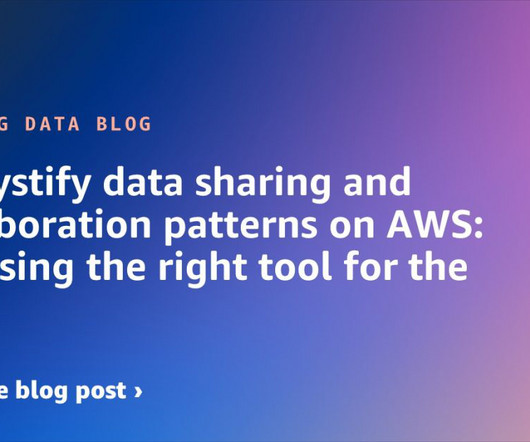




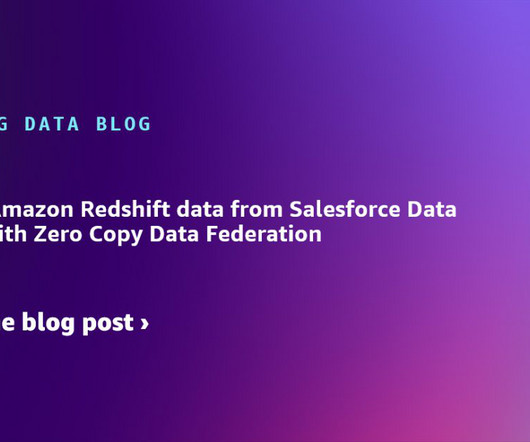

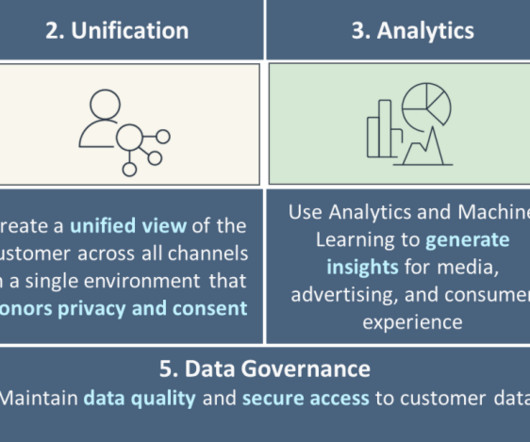
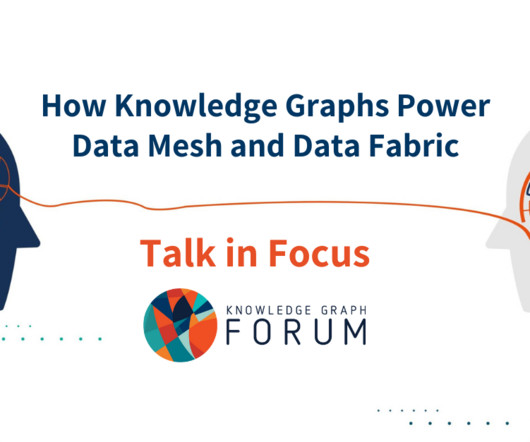
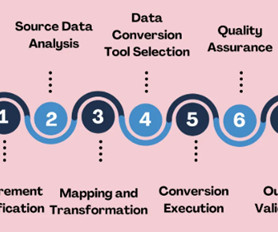

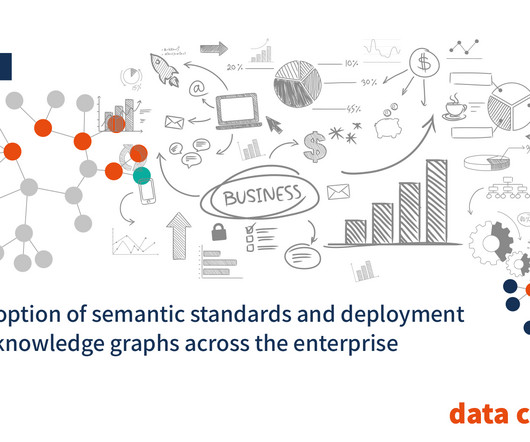
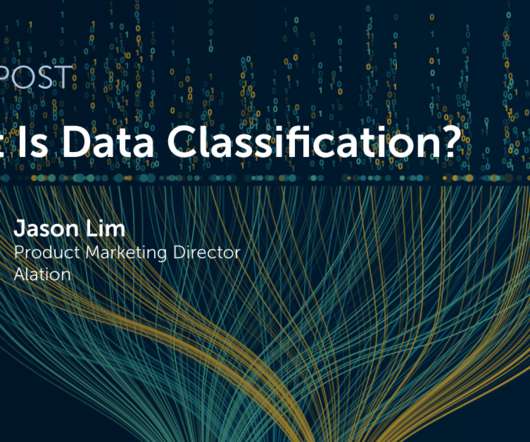
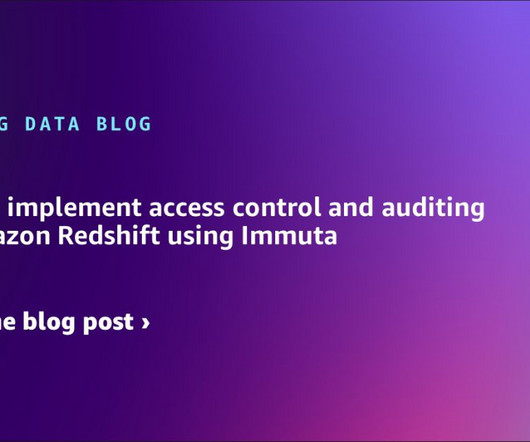









Let's personalize your content